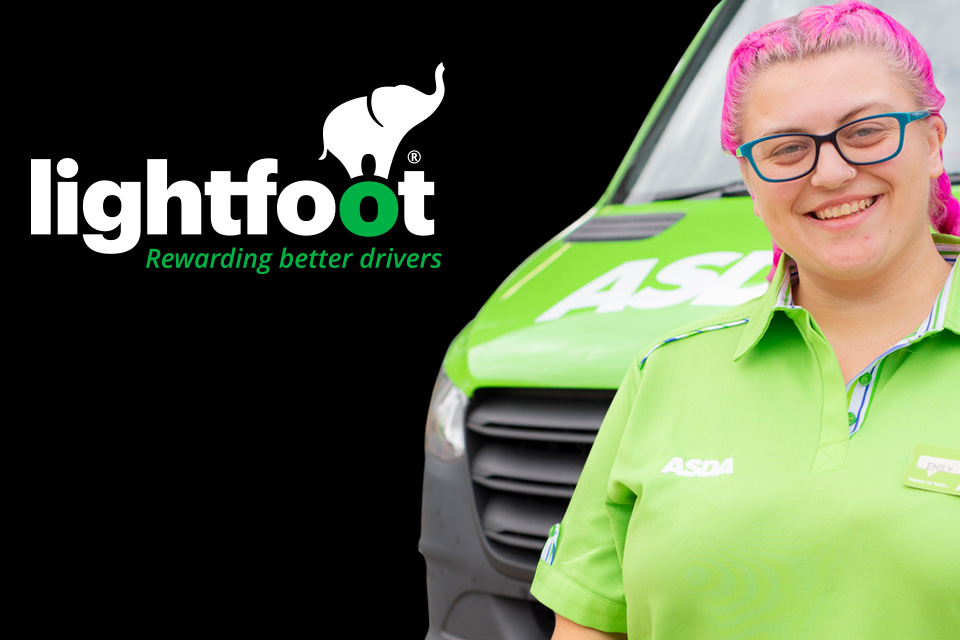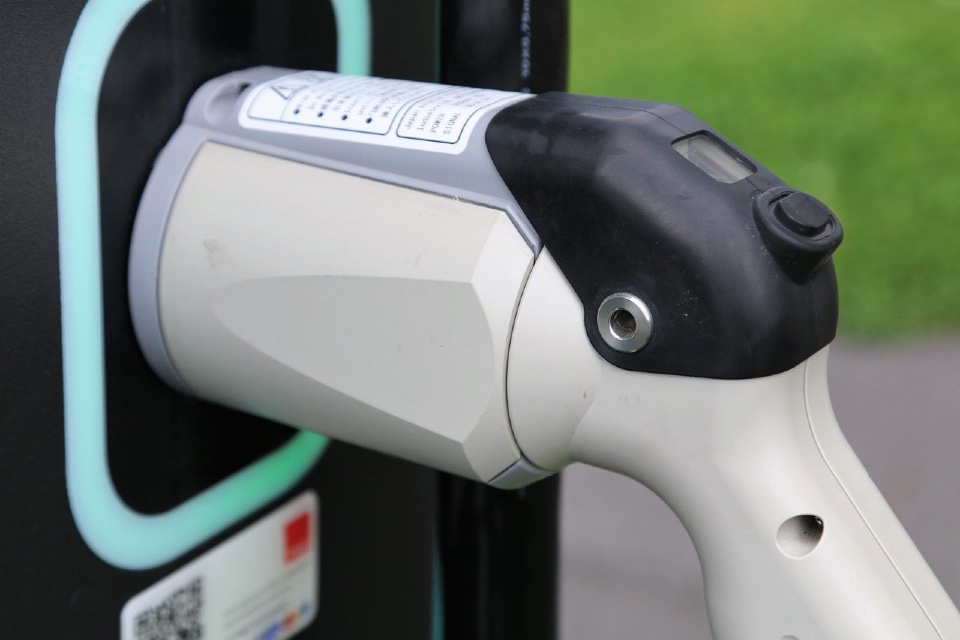How retail fleet managers can improve sustainability and profitability in home delivery
https://fleetservicessummit.co.uk/wp-content/uploads/2022/12/delivery-6961942_1280-1024x601.jpg 1024 601 Stuart O'Brien Stuart O'Brien https://secure.gravatar.com/avatar/81af0597d5c9bfe2231f1397b411745a?s=96&d=mm&r=gToday, home delivery and sustainability are coming together in consumers’ minds. Descartes recently conducted a comprehensive study to help retailers understand not only how this convergence is changing consumer home delivery preferences; but also how retailers can take advantage of these evolving preferences to help themselves and the environment.
The good news is that consumers are becoming more flexible about their delivery choices. They want retailers to provide sustainable delivery options; and favour retailers that are focused on sustainability.
The even better news is that most of the sustainable delivery options come at a lower cost for retailers to operationalise, compared with traditional deliveries. This presents a strong opportunity for retailers to create more customer loyalty and to reduce delivery costs, while helping the environment. Chris Jones, EVP, Descartes explains and reveals key findings from Descartes’ recent research….
The demand for “eco-friendly” home delivery is strong
The study surveyed 8,013 consumers from nine countries in Europe, the US and Canada. It pointed to a number of findings that indicate that many consumers care about the environment and what retailers do about it does impact their buying decisions. The last finding in the list below is a significant one for retailers because it helps to drive the first three metrics:
- 45% said that helping the environment is quite/very important in their daily lives
- 39% said that they always/regularly make purchasing decisions based upon the environmental impact of a company or a product
- 40% would buy more from grocers who demonstrated that their supply chains were more sustainable than the competition
- 50% were quite/very interested in environmentally friendly home delivery options.
Three sustainable delivery options were highly appealing to consumers
Respondents were asked what sustainable delivery options were most important to them. The following findings point to the three most appealing sustainable delivery options for consumers—all of which can reduce costs for retailers:
- 50% thought the ability to combine orders to have them arrive all at once was quite/very important
- 48% said that they were quite/very interested in having retailers recommend the most environmentally friendly delivery option
- 38% were quite/very willing to wait longer for deliveries to make them more environmentally friendly.
Making sustainable delivery happen
Achieving these three sustainable delivery options allows retailers to better consolidate deliveries and increase delivery density. The key to leveraging eco-friendly delivery options, though, is to understand which are more sustainable, and present them to customers before they make a delivery decision.
Specialised delivery appointment scheduling tools can help here, and provide retailers the capabilities to highlight the most environmentally friendly delivery options to their shoppers – for example, options for dates and times that are ecofriendly across different service levels, including free standard delivery, premium delivery or same day delivery. These intelligent scheduling tools can dynamically offer services that combine deliveries too – and they can present options that extend the delivery time (e.g. slow down the delivery) to create more environmentally delivery plans. These options combine to help create more efficient and profitable delivery operations for retailers, and reduce their carbon footprint.
Combining deliveries
For retailers such as grocers and broadline sellers whose customers make frequent purchases, combining orders provides an excellent opportunity to minimise the number of deliveries. Retailers can provide either a fixed delivery on a regular basis (e.g. Amazon Prime Day) or dynamically choose the day based upon existing orders. Strong delivery appointment scheduling tools can identify when customers have existing orders and, during the ordering process for additional purchases, determine if it is possible to add new orders to the existing delivery or dynamically suggest a new delivery time. For customers on a fixed delivery schedule, this techology can assign new orders to the fixed time as long as the solution determines that it is feasible to add them to the delivery.
Scoring eco-delivery options
For retailers who want to provide customers with more dynamic eco-friendly delivery options, intelligent delivery appointment scheduling tools can score options based upon the factors that determine carbon footprint. This is usually possible to achieve because the delivery appointment scheduling process dynamically creates delivery options for each order as customers are making their purchases. With today’s modern tools they can typically score options to show which ones have the shortest travel distance/lowest mileage and enable retailers to determine which options they want to present to the customer. Eco-deliveries can be highlighted with supplemental explanation (e.g. “Help us reduce miles and improve the environment”) to educate the customer. Anecdotally, some organisations employing this technique have seen mileage reductions of up to 20% for eco-deliveries versus non-eco-friendly delivery options.
Lengthening lead times for deliveries
Similar to eco-deliveries, effective delivery appointment scheduling tools can score delivery options over a time horizon. This provides retailers the insight to understand what longer lead-time options are more environmentally friendly and present them to the customer during the buying process.
Additional performance and sustainability improvement tactics
Virtually any improvement in home delivery performance results in a lower carbon footprint and greater sustainability. While scheduling tools offer retailers tangible benefits, there are several other tactics that retailers can deploy to improve home delivery performance and make it more sustainable.
- Route optimisation that helps to maximise fleet productivity, which results in less fuel consumed, fewer vehicles used and lower vehicle maintenance.
- Advanced road network modeling that helps to ensure compliance with state and local government restrictions in congested areas, which reduces traffic and related pollution.
- Route orchestration to better coordinate multiple resources during delivery execution, which reduces fuel consumed and the number of vehicles deployed and maintained. AI and machine learning capabilities improves route planning accuracy and addresses route execution exceptions to make delivery fleets more productive, reduce fuel consumed and decrease the number of vehicles deployed and maintained.
- Mobile applications that eliminate paper-based delivery documentation and IoT-based telematics that minimize excessive idle time and help contain aggressive driving traits that consume additional fuel and increase vehicle maintenance.
- GPS-based fleet tracking, that reduces vehicle turnaround and idle time at distribution centers and depots, can be used.
- Customer delivery notifications can help to decrease the number of failed deliveries and the need to reschedule.
Conclusion
Sustainability is no longer a challenge. It is an opportunity. For retailers to continue to succeeding in this current challenging business environement, while meeting consumers’ expectations, they will need to consider what their shoppers want in terms of delivery options against agains sustainability requirements.
Today, meeting these needs is not only good business sense – investors want it, consumers want it, and governmental legislation across the planet is driving and demanding it too. By investing in technologies that enable effective transport routing, scheduling and delivery resourcing, retailers will be able to meet the various needs of their shoppers, the environment, and the market that they operate it.




